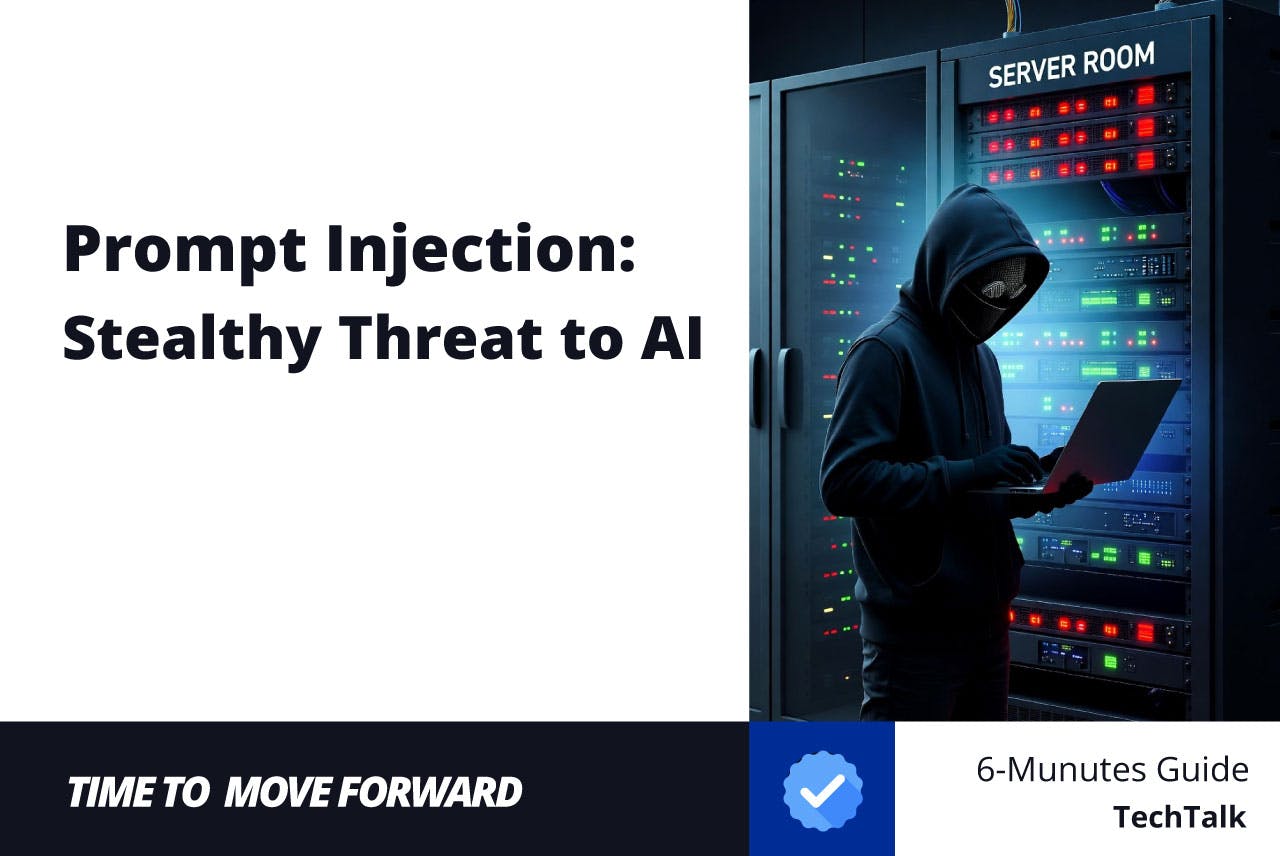Systems we build today are, in a sense, disparate from the programs we constructed ten years back. Microservices communicate with one another across network boundaries, deployments happen all the time and not quarterly, and failures propagate in unforeseen manners. Yet most organizations still approach quality and reliability with tools and techniques better applicable in a bygone era.
Why Quality & Reliability Need a Platform-Based Solution
Legacy QA tools were designed for a monolithic era of applications and batch deployment. A standalone test team could audit the entire system before shipping. Watching was only the server status and application tracing observation. Exceptions were rare enough to be handled manually.
Distributed systems break these assumptions into pieces. When six services are deployed separately, centralized testing is a bottleneck. When failure can occur from network partitions, timeout dependencies, or cascading overloads, simple health checks are optimistic. When events happen often enough to count as normal operation, ad-hoc response procedures don’t scale.
Teams begin with shared tooling, introduce monitoring and testing, and finally add service-level reliability practices on top. Each by itself makes sense, but together they fracture the enterprise.
It makes particular things difficult. Debugging something that spans services means toggling between logging tools with differently shaped query languages. System-level reliability means correlating by hand from broken dashboards.
Foundations: Core Building Blocks of the Platform
Building a quality and reliability foundation is a matter of defining what capabilities deliver most value and delivering them with enough consistency to allow integration. Three categories form the pillars: observability infrastructure, automated validation pipelines, and reliability contracts.
Observability provides the distributed application’s instrumentation. Without end-to-end visibility into system behavior, reliability wins are a shot in the dark. The platform should combine three pillars of observability: structured logging using common field schemas, metrics instrumentation using common libraries, and distributed tracing to trace requests across service boundaries.
Standardization also counts. If all services log the same pattern of timestamps, request ID field, and severity levels, queries work reliably throughout the system. When metrics have naming conventions with consistency and common labels, dashboards are able to aggregate data meaningfully. When traces propagate context headers consistently, you are able to graph entire request flows without regard for what services are in play.
Implementation is about making instrumentation automatic where it makes sense. Manual instrumentation results in inconsistency and gaps. The platform should come with libraries and middleware that inject observability by default. Servers, databases, and queues should instrument logs, latency, and traces automatically. Engineers have full observability with zero boilerplate code.
The second foundational skill is auto-testing with test validation through test pipelines. All services need multiple levels of testing to be run before deploying to production: business logic unit tests, component integration tests, and API compatibility contract tests. The platform makes this easier by providing test frameworks, host test environments, and interfacing with CI/CD systems.
Test infrastructure is a bottleneck when managed ad hoc. Services take for granted that databases, message queues, and dependent services are up when testing. Manual management of dependencies creates test suites that are brittle and fail frequently, and discourage lots of testing. The platform solved this by providing managed test environments that automatically provisioned dependencies, managed data fixtures, and provided isolation between runs.
Contract testing is particularly important in distributed systems. With services talking to one another via APIs, breaking changes in a single service can start breaking consumers. Contract tests ensure providers are continuing to meet the expectations of consumers, catching breaking changes before shipping. The platform has to make defining contracts easy, validate contracts automatically in CI, and give explicit feedback when contracts are being broken.
The third column is reliability contracts, in the guise of SLOs and error budgets. These ground abstract reliability targets into concrete, tangible form. An SLO confines good behavior in the service, in the form of an availability target or a latency requirement. The error budget is the reverse: the quantity of failure one is allowed to have within the limits of the SLO.
Going From 0→1: Building with Constraints
Transitions from concept to operating platform require priorities in good faith. Constructing it all up front guarantees late delivery and possible investment in capabilities that are not strategic. The craftsmanship is setting priority areas of high leverage where centralized infrastructure can drive near-term value and then iterating based on actual usage.
Prioritization must be based on pain spots, not theoretical completeness. Being aware of where the teams are hurting today informs them what areas of the platform will be most critical. Common pain points include struggling to debug production issues because data is spread out, not being able to test in a stable or responsive fashion, and not being able to know if the deployment would be safe. These directly translate back to platform priorities: unified observability, test infrastructure management, and pre-deployment assurance.
The initial skill to take advantage of is generally observability unification. Putting services on a shared logging and metrics backend with uniform instrumentation pays dividends immediately. Engineers can drill through logs from all services in one place, cross-correlate metrics between components, and see system-wide behavior. Debugging is so much easier when data is in a single place and in a uniform format.
Implementation here is to provide migration guides, instrumentation libraries, and automated tooling to convert logging statements in place to the new format. Services can be migrated incrementally rather than a big-bang cutover. During the transition, the platform should enable both old and new styles to coexist while clearly documenting the migration path and advantages.
Infrastructure testing naturally follows as the second key capability. Shared test infrastructure with provisioning dependencies, fixture management, and cleanup removes the operational burden from every team. It also needs to be able to run local development and CI execution so that everyone is on the same pag,e where engineers develop tests and where automated validation runs.
The focus at the start should be on the generic test cases that apply to the majority of services: setting up test databases with test data, stubbing the external API dependencies, verifying API contracts, and executing integration tests in isolation. Special test requirements and edge cases can be addressed in subsequent iterations. Good enough done sooner is better than perfect done later.
Centralization and liberty must be balanced. Excess centralization stifles innovation and makes teams crazy with special requirements. Too much flexibility discards the point of leverage of the platform. The middle is a good default with intentional escape hatches. The platform provides opinionated answers that are good enough for most use cases, but teams with really special requirements can break out of individual pieces while still being able to use the rest of the platform.
Success early on creates momentum that makes adoption in the future easy. As early teams see real gains in debugging effectiveness or deployment guarantees, others observe and care. The platform gains legitimacy through bottom-up value demonstrated rather than top-down proclaimed. Bottom-up adoption is healthier than forced migration because teams choose to use the platform for some benefit.











